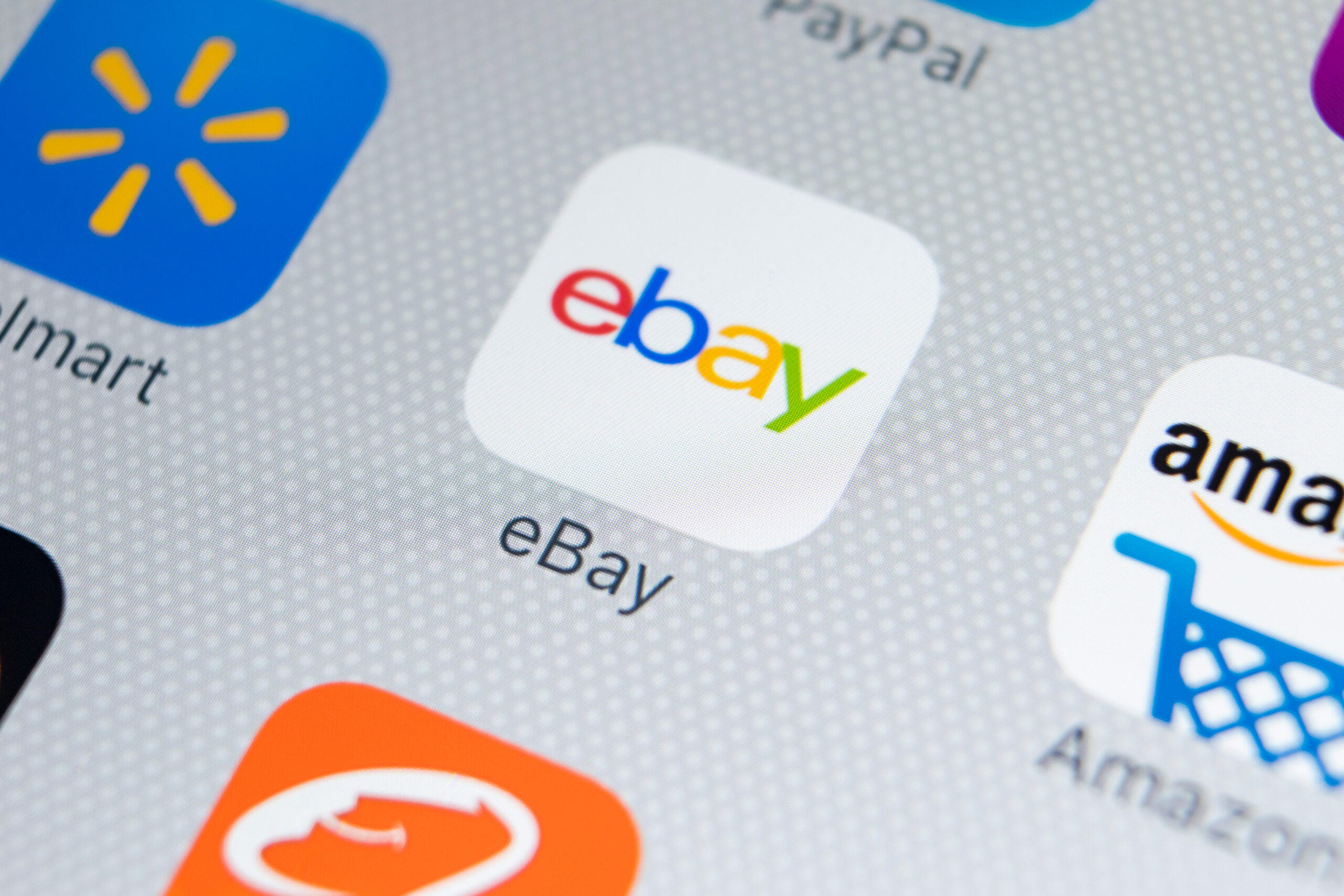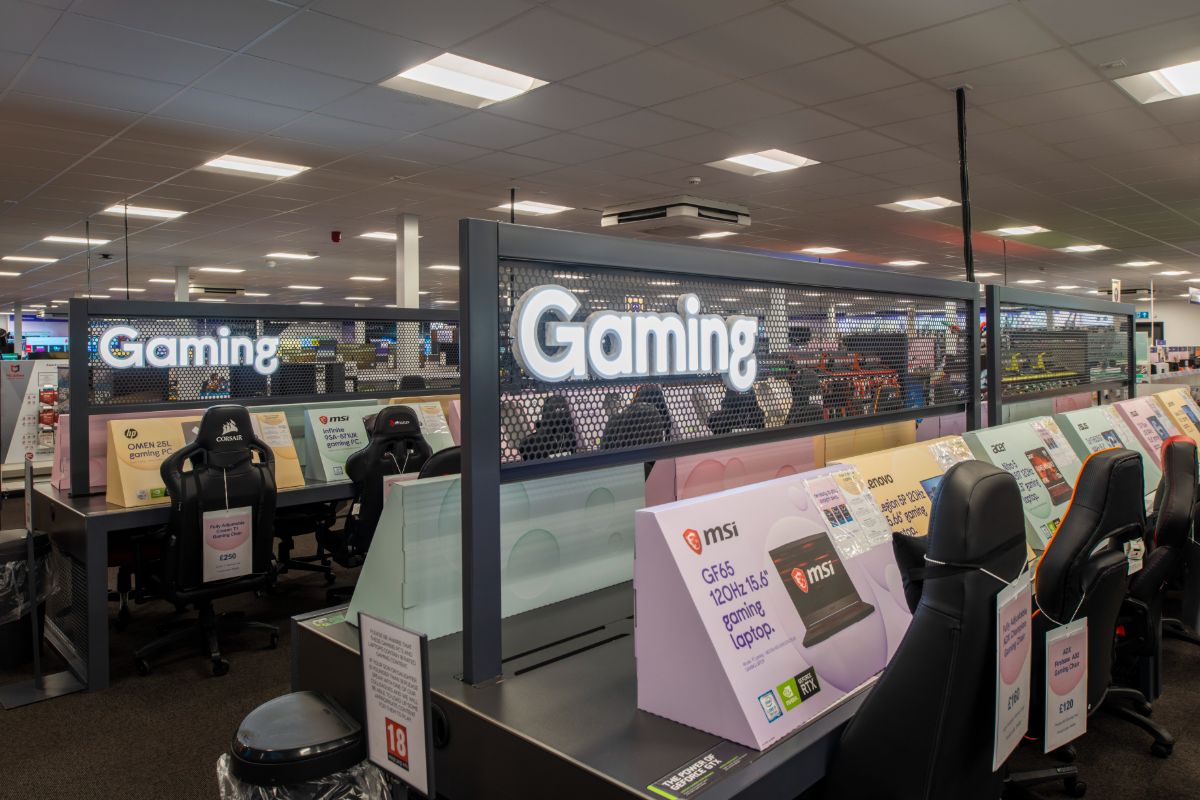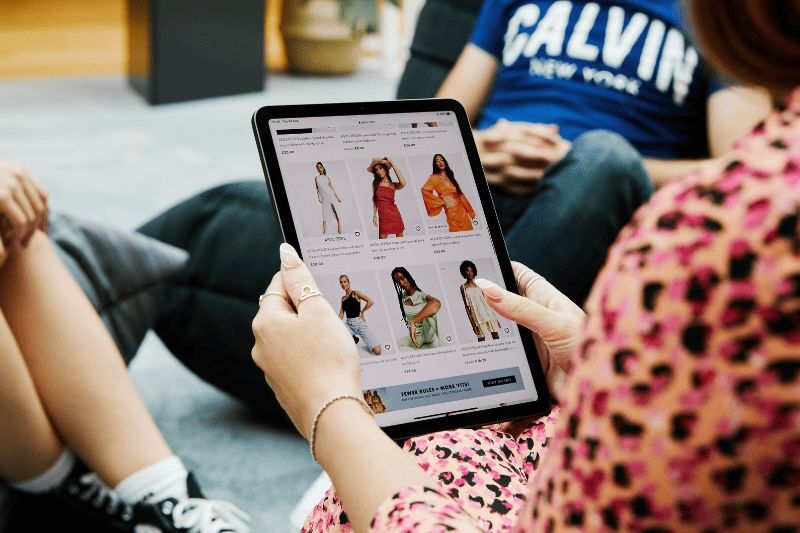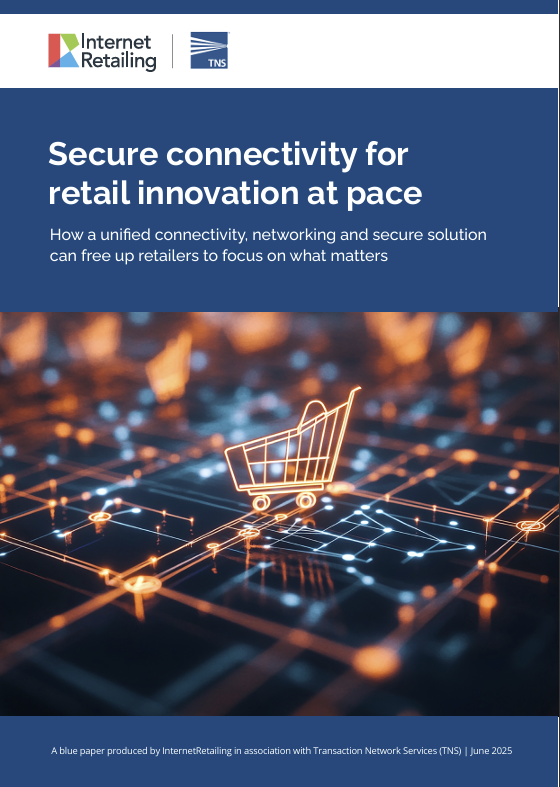With its UK launch imminent, Simon Farthing, Head of Consultancy at data science consultancy Profusion, discusses how Apple Pay will help retailers marry their online and offline offerings
Apple Pay is set to launch in the UK this week – probably tomorrow, 14 July. If the impact of this new method of payment is anything like what has happened in the US, it could quickly become one of the main ways consumers buy items or services in the UK. U
nlike other attempts at mobile payment, such as mobile point of sale (mPOS), Apple Pay builds on the existing contactless card payment technology. This means that retailers don’t have to spend money on expensive new technology. If you’re a retailer you might shrug your shoulders and say, ‘so what? It’s just another way for people to pay’. After all, logistically speaking, it won’t be any different than a customer tapping their debit card on a contactless Chip & PIN device. The big difference is the data.
As customers will use their mobiles, retailers will have the opportunity to know a lot more about who has bought an item in their shop. Crucially, there will be an opportunity to match the identity of the customer in the shop with their online persona. If retailers can marry these two data sets they can finally bridge the divide between online and real world data. This is no small thing. Consumers increasingly expect their interactions with brands online to match their experience in store.
For example, if you complain to a brand about a customer service problem via Twitter, you should reasonably expect the customer services department in the ‘physical world’ to be aware. You might be a little annoyed to have to repeat the same complaint on the phone or in store to a customer service rep. After all, it’s meant to be the same company. It’s therefore not a great leap to imagine that consumers will eventually expect their online shopping experience to mirror their real world experience.
Some retailers have made tentative attempts to bridge this gulf. Recently John Lewis experimented with beacon technology in store. The idea is that customers who downloaded the John Lewis app to their phones and then made an online purchase via ‘click and collect’, would enter the shop, the beacon would pick up their presence and inform the staff. This would allow the staff to ready the item for pick up by the time the customer made it to the till.
Although the John Lewis trial was relatively limited in its application of tech, it offers a glimpse of what Apple Pay could offer.
Smartphones are a treasure trove of personal information. Most people use their mobiles for social media, emails, apps and browsing. This data builds up a very complete picture of a person’s socio-economic position, location, behaviour and preferences. The missing link is their shopping habits – what do they actually buy? Mobile conversion rates are generally awful; 1% on average and barely rising. Entering payment information on a mobile can be a pain. It’s easier to pay on card or by cash if you’re out or wait to get home and use your desktop or tablet. Apple Pay, if adoption goes as expected, will change this picture.
With Apple Pay, the online profile contained within a mobile phone will sync with real world retail activity. This has a big impact on customer service, marketing and retail strategy. Although it’s still uncertain how Apple will let retailers use the data they collect in the UK, assuming that shop owners have some visibility, there are some very straight-forward applications. For example, if a customer purchases an item in store, the online marketing campaign can be adjusted accordingly. This should, in most cases, remove the irritation of receiving ads for an item you’ve just purchased. It will also allow for more effective targeting and refinement of what messages and offers are sent to customers.
From a customer service perspective, linking online and offline data should facilitate better service and drive sales. Customers can be asked in store about other products that could compliment their online purchases. Similarly, if a customer abandoned their basket online due to a product being out of stock or not in the right size, and they later entered a bricks and mortar shop and bought another product, the shop owner could point out that the item they were looking for online is also available in store.
Strategically, it is invaluable to have a complete picture of how your entire customer base behaves and interacts with your brand. This insight will feed into stock management, how sales are planned and executed, and expansion plans.
Of course, marrying online and offline worlds does not come without risks. Retailers need to be aware of overstepping the mark and making customers feel uncomfortable. We’re all generally used to our real world interactions with brands not fully impacting what happens online. Although expectations will naturally shift, retailers should expect that there will be an initial culture shock. With that in mind, it’s important to deploy a cost-benefit analysis against any marketing or customer service initiative. Would they consider it a violation of their privacy or a tangible benefit? There’s a fine line between personalisation and invasion of privacy and this line is drawn in a different place for each person. Using data from Apple Pay responsibly is critical because the risks and rewards for retailers are huge.








